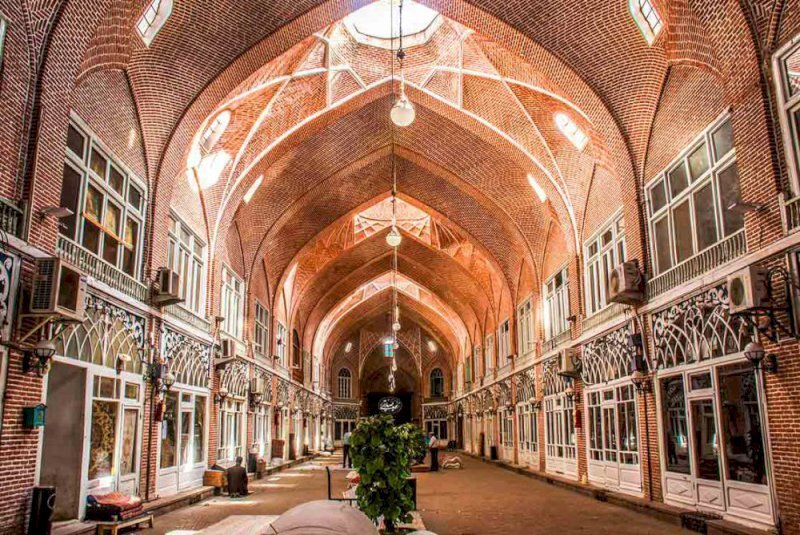Research addresses crisis management at bazaar of Tabriz

TEHRAN – The UNESCO-registered bazaar of Tabriz in northwestern East Azarbaijan province has recently been the subject of the first phase of research on crisis management and its historical and cultural contexts.
Conducted by the Research Institute of Cultural Heritage & Tourism, as part of the project, strategies were discussed for protecting and preserving the bazaar from any unwanted accidents, an Iranian scholar said on Monday.
In order to ensure the safety of urban spaces and citizens, it is necessary to prevent accidents and life losses, and some urban spaces are more important than others in this regard, said Hossein Esmaeili, who presided over the project.
There are various types of strategic or administrative locations, public spaces, urban facilities, and historical monuments to consider, he added.
The historical bazaar of Tabriz is considered one of the most important spaces in this field, whose protection and preservation require the continuous efforts of people and officials, he noted.
Tabriz Historic Bazaar Complex has been a UNESCO World Heritage Site since 2010 and was mentioned by Marco Polo when he traveled the Silk Road in the Middle Ages.
A jumble of interconnected covered passages that stretches for about five kilometers, the bazaar has been a melting pot of cultural exchange since antiquity.
It embraces countless shops, over 20 caravanserais, and inns, some 20 vast domed halls, bathhouses, and mosques, as well as other brick structures and enclosed spaces for different functions. Its history dates back over a millennium, however, the majority of fine brick vaults that capture most visitors’ eyes date from the 15th century.
Tabriz became the capital of the Mongol Il-Khan Mahmud Gazan (1295–1304) and his successor. Timur (Tamerlane), a Turkic conqueror, took it in 1392. Some decades later, the Kara Koyunlu Turkmen made it their capital, it was when the famous Blue Mosque was built in Tabriz.
The ancient city retained its administrative status under the Safavid dynasty until 1548, when Shah Tahmasp I relocated his capital westward to Qazvin.
During the next two centuries, Tabriz changed hands several times between Persia and the Ottoman Empire. During World War I, the city was temporarily occupied by Turkish and then Soviet troops.
ABU/AM
Leave a Comment